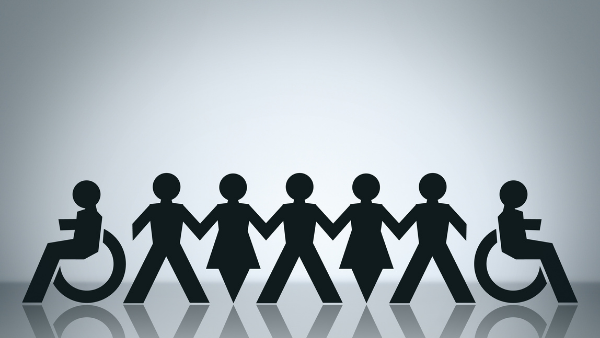Author
Speed Read
In a recent unanimous decision, the Tribunal found that the protected characteristic of ‘gender reassignment’ under section 7 of the Equality Act 2010 (“EqA”), should extend to individuals who identify as gender fluid and non-binary.
[Read time: 3 minutes]
Facts
The Claimant was a longstanding employee of Jaguar Land Rover (“JLR”) and worked as an engineer for over 20 years. In 2017, the Claimant informed JLR that she identified as gender fluid/non-binary.
Subsequently, the Claimant was subjected to abusive jokes and insults from her colleagues. She also alleged that she had received little support from JLR’s management when she had approached them to try and resolve the ongoing issues with fellow staff. Further, the Claimant encountered difficulties with the use of the toilet facilities at JLR, which she alleged did not accommodate her.
The Claimant issued a claim in the Employment Tribunal for harassment, direct discrimination and victimisation on the grounds of gender reassignment, and also a claim for constructive unfair dismissal.
JLR argued that, because of the Claimant’s non-binary identity, she did not fall within the relevant definition of gender reassignment and therefore had no jurisdiction to pursue her claim.
Held
The Tribunal upheld all of the Claimant’s claims.
In providing the judgment on liability, Employment Judge Hughes expressly acknowledged that gender is a spectrum and went on to state that “having heard submissions on this point, this Employment Tribunal considers it appropriate to award aggravated damages in this case because of the egregious way the Claimant was treated and because of the insensitive stance taken by the Respondent in defending these proceedings…”
In response to the judgment, the Executive Director of HR for JLR has issued an official apology to the Claimant, acknowledging her negative experience and advising that JLR strives to improve in this area and respects the outcome of her case.
The case has been listed for a further hearing in October 2020, to decide the level of compensation that the Claimant will receive.
The gender spectrum
In the parlance of gender development, many are rejecting the concept that gender is binary as nothing more than a myth, and are adopting a much broader approach to viewing a person’s gender identity.
The language of gender diversity may present unfamiliar territory for some; however, it is of vital importance that employers continue to educate themselves, and their staff, to ensure they promote an understanding and inclusive workplace.
Steps employers can take
This is an area of rapid progression and development, and so it is important that employment practices are updated in line with today’s standards around equality and inclusion. The Claimant’s case not only provides a landmark ruling in respect of broadening the protected characteristic of ‘gender reassignment’, but also demonstrates the perception of this type of discrimination in the Employment Tribunal, given the Judge’s comments and award of aggravated damages (which are seldom awarded, and only where the behaviour of one party is aggressive, malicious or oppressive).
Where an employee has advised that they identify as a different gender, it is important to take the time to understand as much as you can about the employee’s situation. Confusion can arise from misunderstanding about terminology and consequent misuse of terms, which can lead to reduced confidence in management.
Employers could arrange a meeting with the individual, with the view of gently entering into discussions around their identity. It is important to keep in mind that each person will have a different experience and so each situation should be addressed individually. In meeting with the individual, there will be an opportunity to learn more about their background and it will also provide a platform to explore, with the individual, for example, the pronouns or set of pronouns which others should use in relation to them.
In terms of educating the wider workforce, here are some specific steps employers can take to demonstrate best practice:
- Diversity and inclusion training of staff at all levels – if there is a staff member who identifies as a gender which is different to that assigned to them at birth, speak with them to see whether they would like to be involved in devising some elements of this training;
- Review anti-bulling policies to ensure they are fit for purpose;
- Ensure there are robust equal opportunities and specific gender identity policies – these should utilise a supportive and flexible approach;
- Review how data is managed – speak with the relevant employees to plan how their information should be updated; and
Assess any practical or logistical barriers – for example, is there a need for gender-neutral toilets (this was raised by the Claimant in her claim and accepted as discriminatory by the Tribunal)? Are employees required to wear uniforms – and, if so, is there a gender neutral option?
Author
Employment law insights webinar: navigating change and compliance
We are excited to invite you to our upcoming webinar, where we will delve into critical updates and changes in employment law that are essential...


